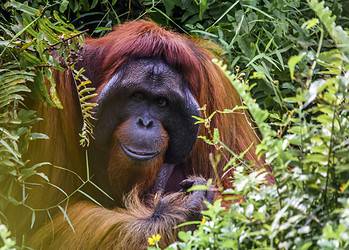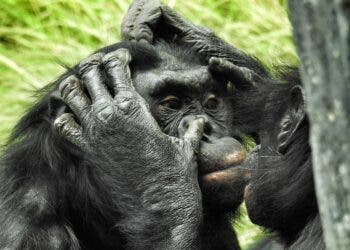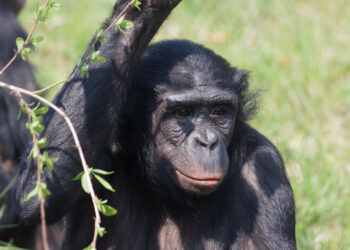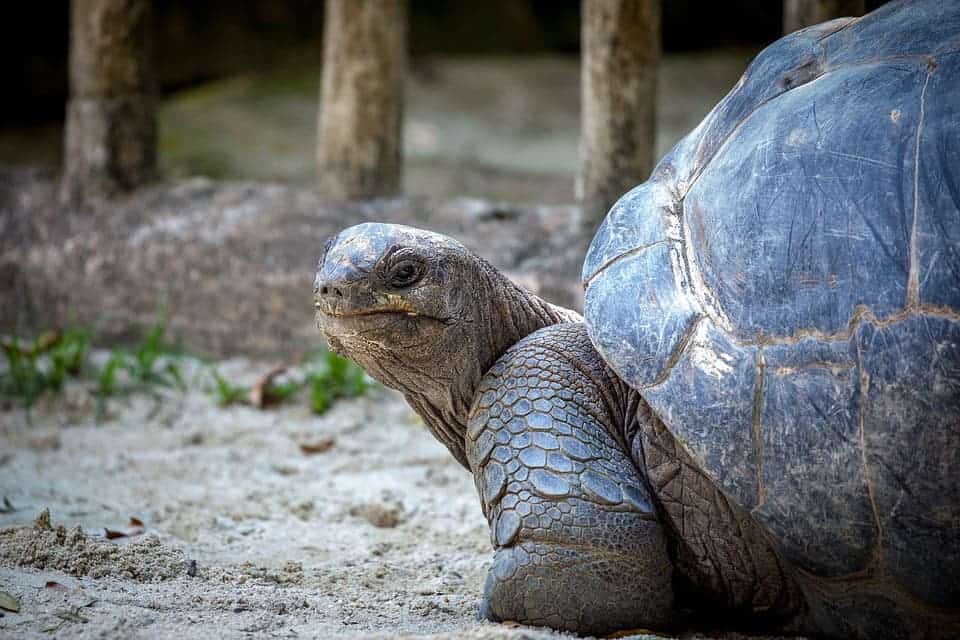Some eight million years ago, modern humans and the common chimp/bonobo lineages split. Since then, modern humans have evolved to look extremely different from this common ancestor and a new study suggests the bonobos have changed the least. In fact, bonobos have changed very little ever since they split again from chimps some two million years ago, hence scientists say the gentle bonobos serve as a remarkable case of evolutionary stasis.
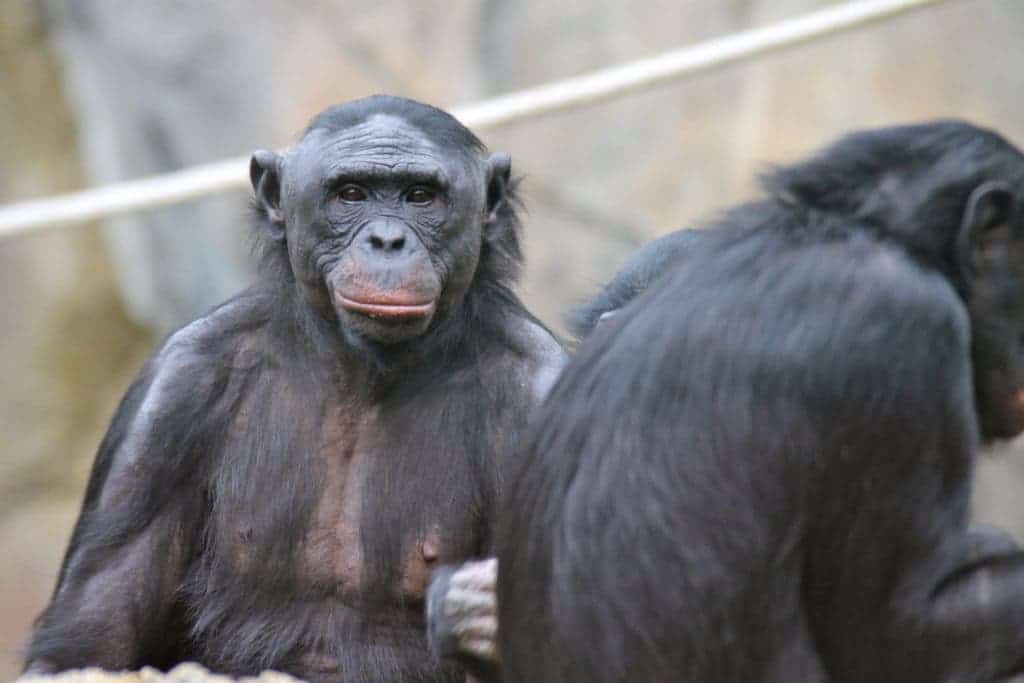
A living ancestor
You often hear about how chimps share 99% of their genes with humans. That’s certainly true but chimps (Pan troglodytes) aren’t alone. In 2012, Max Planck scientists found bonobos (Pan paniscus) and chimpanzees share 99.6% of their DNA, despite the two species split some two million years ago, perhaps after the Congo River formed and divided an ancestral population into two groups.
But though chimps and bonobos share almost as much DNA with humans, Bernard Wood, professor of human origins at George Washington University, says the bonobos are the closest we are to a ‘living’ ancestor.
Wood and colleagues “carried out systematic dissections of cadavers of most extant primate taxa to gather evidence about how soft tissue – in particular striated muscle – gross morphology differs among living primates, with a focus on the great apes.” They were fortunate enough to have seven Bonobo cadavers donated by the Antwerp Zoo in the Netherlands. This was a very rare opportunity given bonobos’ status as an endangered species.
Armed with data from previous studies, the researchers made an anatomical comparisson between the muscles of the three species.
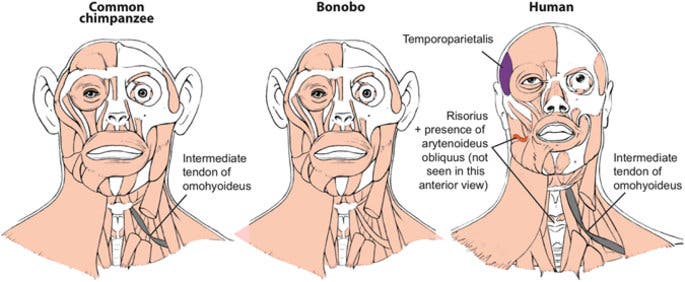
The study suggests there’s a mosaic evolution of the three species. In other words, some features are shared by humans and bonobos while others by humans and common cimpanzees, and still others by the two ape species. It might be no coincidence that this anatomical mosaical nature may be related to the similar molecular mosaic evolution betwen the three species. Bonobos share about 98.7% of their DNA with humans, roughly just as much as with the chimpanzee, but a small bit of our DNA, about 1.6%, is shared with only the bonobo, but not chimpanzees.
Ongoing debates might also be settled by the new data. Some have suggested bonobos are just highly derived chimpanzees but the present study refutes this idea. It shows bonobos do not display a single muscle or muscle feature that is unique within primate or hominoid evolution. Overall, however, the bonobo has more similar muscles to humans than chimpanzees have. This suggests that the bonobo is more closely linked, anatomically, to human ancestors than common chimpanzees.
Understanding how we’re different from our closest relatives will ultimately help us establish what makes us humans and will also lead to a better understanding of human health.
Scientific reference: Rui Diogo, Julia L. Molnar, Bernard Wood. Bonobo anatomy reveals stasis and mosaicism in chimpanzee evolution, and supports bonobos as the most appropriate extant model for the common ancestor of chimpanzees and humans. Scientific Reports, 2017; 7 (1) DOI: 10.1038/s41598-017-00548-3.
